The Cougar is a mine-resistant ambush-protected (MRAP) doubling as infantry mobility vehicle. It was developed to be immune to landmines and IEDs, in the wave of such vehicles ordered by the US Army/USMC for the war in Afghanistan and Iraq, which made apparent the Hummer's irrelevance. The Cougar was Produced by Force Protection Inc, integrated by Spartan Motors to fill the need of the US Army in the 2000s. It was also better protected against small arms and RPGs for some and had dual air conditioning. Some 1700 HE were manufactured, the remainder H, 5300. and also modified and exported as the British Mastiff, Canadian Timberwolf, Iraqi Badger. Production was terminated with the JPO dissolution in 2014. The HE is the 6x6 version of the family.
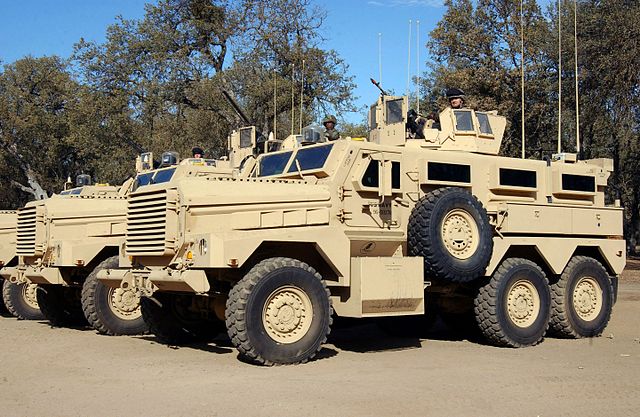
Force Protection, Inc. was formed in 2002 when Sonic Jet purchased Technical Solutions Group.The latter was a traditional defense company well known by the US Army procurement agencies, and among others, provided mine-resistant vehicles, based on South African designs. Two were evaluated by the US Army for ordnance clearance on Army ranges. Later eight, more protected variants called Tempest, were sold to the British Army in 2001 faturing an extra ceramic armored bellyplate notably proof against widepsread TMRP-6 "tank-killer" mines.
In early 2004, the United States Marine Corps visited Force Protection after being sent a photo-montage of a MRAP on the brochure. They asked if it could be produced and delivered within 6 months for ongoing operations in Iraq. At that stage, these were just concept images. The company then offered to design, develop and build a prototype met the USMC requirement, in the deadline... This was done on limited funds and never previously on any military contract, having to train personnel in military projects. The package was received by the USMC October 2004, including spares and technical publications. This was all done one tight budget and in far less time than usual Defence Companies, accustome to prohject lasting sometimes ten years and more.
The new design was quite different from previous South African vehicles, albeit maintaining some continuity to stick to contract tems, notably the name "Cougar" of two earlier GMC vehicles sold to the US Army. This new "Cougar" had a single hull, very thick bottom-plate on th whole length of the vehicle, protecting the crew compartment and engine-bay from beneath. The hull was thus much stiffer with fewer welds, overall better for blast-protection. The structure around the commander and driver was also much strengthened for torsional stiffness and the sides redesigned for additional space. The package included a full armor-upgrade pack, from the start, and planned for extra advanced armor systems, notably like the British chobham.
This was in contrast to South African designs, much more limited in Growth potential. The Cougar, to go with these, had heavier axles and a more powerful engine and transmission, with commonality with many other vehicles in the US. Logistic support being a major design requirement these components were selected with much care. The vehicle was also designed under the first-world defence standards, US Military Standard and the UK's Defence standard, under NATO STANAG. The core was its full product safety from the outset, with training needs analysis, spares predictions. That meanse, as required by the USMC, no extra delays to be operational in a wide range of climatic conditions with NATO troops.
The initial USMC requirement was just written on half a page of foolscap. Further talks helped define the extra levels of mobility in beach-operations. It was suggested also that the 4x4 design should be followed by an optional 6x6 version with a larger payload and internal volume. The latter attracted immediately US Army interests, less contrained by the USMC in terms of naval logistics. At the time, the US Army was looking for a vehicle fitted for explosive ordnance disposal, and already looked for robots. Meetings with the Army led to change sub-systems for greater commonality and ease training and support.
The first Cougar was retained for up to two months for testing, but in the frame of urgent operational it was taken directly for a few days later in the Middle East. The first 27 Cougar 4x4 (later called "H") were delivered to the USMC under the name "Hardened Engineer Vehicle" (HEV) to match the oriignally intended Marine Corps operational role. Thus then became the 'Joint EOD Rapid Response Vehicle' (JERRV) when the Army joined the program, taking over the prime contract ownership. But as the war in Iraq went on, the program was just called Cougar "MRAP" to make things clearer as more companies were now in the loop and wanted clarity compared to already existing programs in the field. The logistics arm also needed claritiy for the sake of supply of similar vehicles and in time, many variants were based upon the Cougar.
Some 7,000 Cougar of both H and HE types were fielded under the Army and associated branches program of the military, including all variants. US Defense Secretary Robert Gates demanded larger numbers after the first reports came from Marines reporting in 2004 no kills for 300 IED attacks on this vehcles. But with time, these records changes, but still there were few fatalities. Britain also chose the Cougar over the South Africa, RG-31 Nyala. This became the "Mastiff" APV. Due to the industrial limitations of Force Projections Inc. it was soon mass-produced by General Dynamics Land Systems.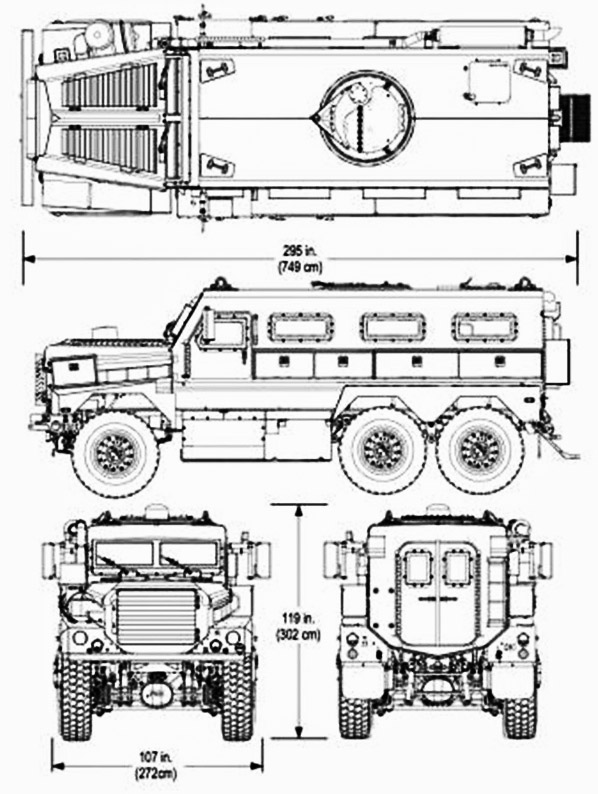
Originally the split between both types was called CAT I and CAT II, with the first being the 4x4, later H, and the second a security, troop/cargo transport with 9 crew member plus the gunner. The 4x4 or H was planned for mounted patrols, reconnaissance, communications,command and control in support of small unit combat operations and a crew of five crew members plus a gunner.
The Cougar features a monocoque V-shaped chassis, and bullet-proof, blast-proof body. It had a conventional layout with a front engine behing a long bonnet, crew cabin in the middle, troop compartment at the rear, also with rear access. The driver and commander in the cab could see through rectangular transparent armoured glass windows, enter and exit the vehicle through side doors with windows. The troop compartment had a rear double door at its back and steps and on its roof had a standard hatch. There were observation windows on either side with optional pistol ports built in the glass. The 4x4 H coild accomodate six, the 6x6 ten.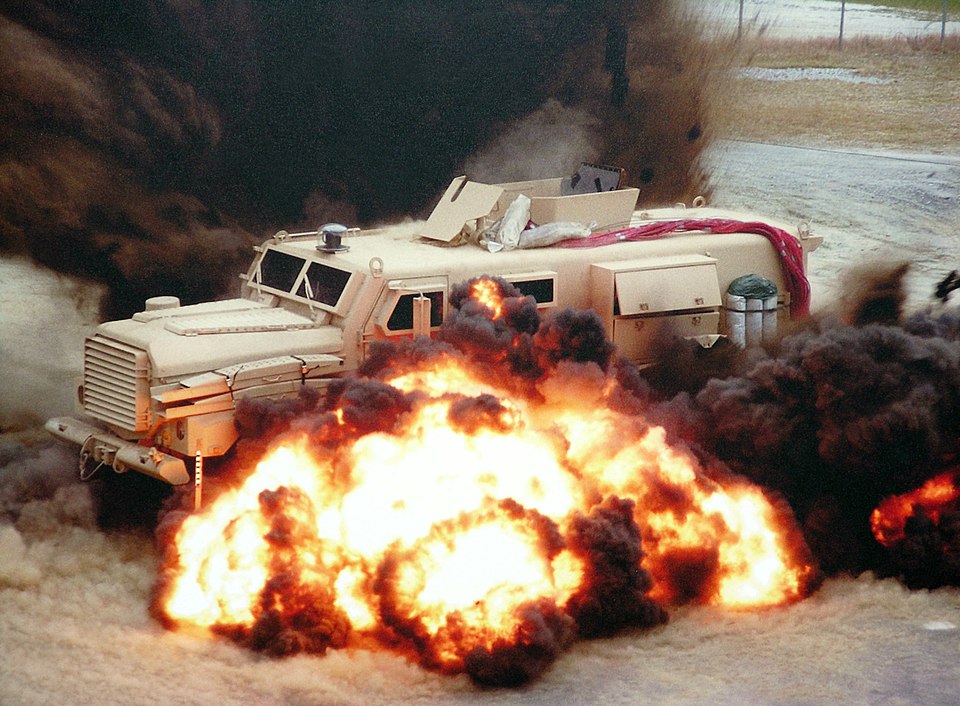
Mine Blast test: Official data precised the Cougar could withstand a blast of at least 14 kg (30.86 lb) TNT under a wheel, 7 kg (15.43 lb) TNT under the belly.
The Cougar MRAP is standard STANAG-3, immune to direct smal arms fire at all ranges and angles, full protection against 7.62mm armour-piercing (AP) rounds, but also rocket-propelled grenade (RPG) rounds, land mines and IEDs. Thanks to the armoured V-shaped belly, blast force is redirected on either side, away from the vehicle. It was tested against a double TM-57 mine under each wheel and in the middle. In Option it was proposed NBC protection. There is however no active prortection or detectors of incoming threats, no external cameras (apart for the RWS version), not smoke and/or anti-personal projectors.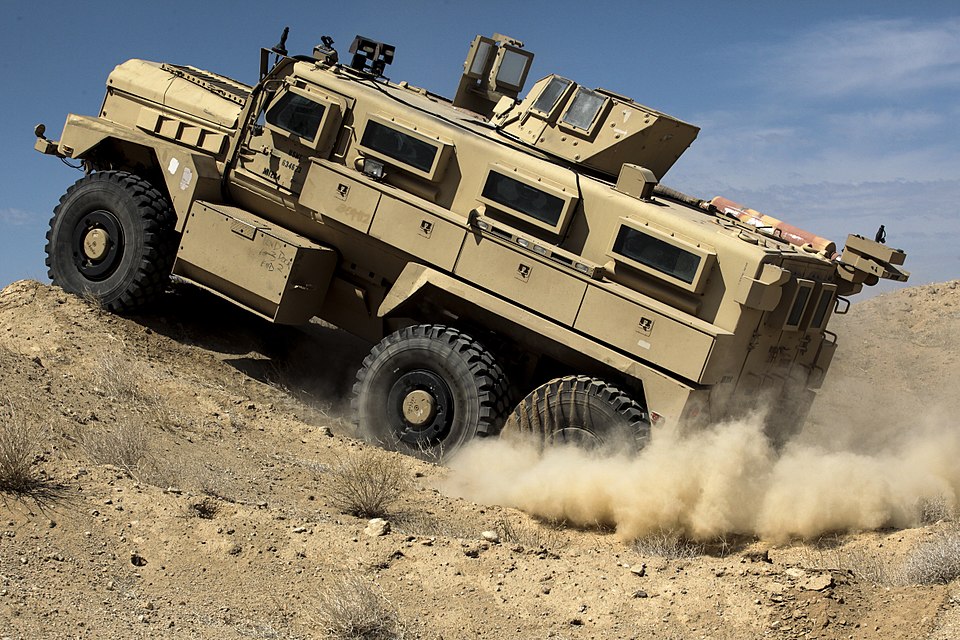
The Cougar MRAP is given the forward Caterpillar C-7 diesel engine, coupled to a six-speed Allison 3500 SP series, automatic transmission. This 330hp engine is able to deliver a max torque of 1,166nm at 1,450rpm. Therer are also Hutchinson VFI (Variable Function Insert) runflats on wheels. Top speed is still 104km/h on good roads, and range 675km. The vehicle being quite tall, could ford without preparation one meter or more than three feet of water. It can be airlifted by the C-17 in fast tactical deployments, a single 6x6 or two 4x4. The snorkel is installed on the left side.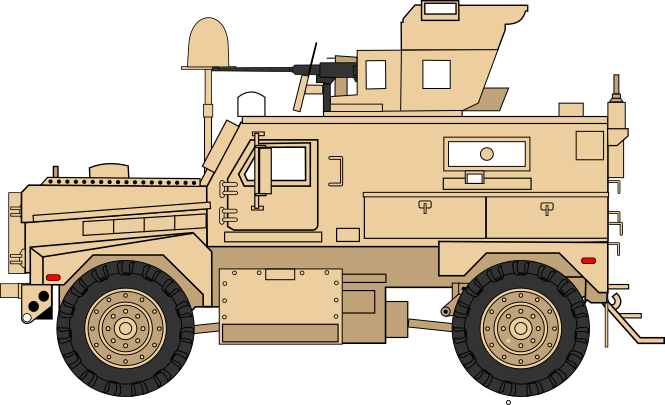 The Cougar H, former CAT I was designed for reconnaissance and infantry support and supply in urban combat. It is the firsr vehicle designed, the remainder being 6x6 HE that were just stretched with an extra axle at the rear. Both shared the sae basic hull and generous engine hood forward to mount a powerful unit, giving the vehicles plenty of torque to carry the weight of the armour and stay mobile on any terrain. The power to weight ratio is far more favourable to the 4x4 Cougar H, and like the 6x6 in addition to the armour, several external storage bins are installed above the wheel arches, and a large bin lower on the hull forward, used as step to access the cabin doors. So in addition of the troops carrying their own gear internally there is plenty of useful volume outside, participating in the body protection.
The Cougar H, former CAT I was designed for reconnaissance and infantry support and supply in urban combat. It is the firsr vehicle designed, the remainder being 6x6 HE that were just stretched with an extra axle at the rear. Both shared the sae basic hull and generous engine hood forward to mount a powerful unit, giving the vehicles plenty of torque to carry the weight of the armour and stay mobile on any terrain. The power to weight ratio is far more favourable to the 4x4 Cougar H, and like the 6x6 in addition to the armour, several external storage bins are installed above the wheel arches, and a large bin lower on the hull forward, used as step to access the cabin doors. So in addition of the troops carrying their own gear internally there is plenty of useful volume outside, participating in the body protection.
In February 2007, Force Protection was awarded $67.4m for 65 Cougar CAT I, 60 Cougar CAT II. In April 2007, the USMC placed a $490m contract for 300 CAT I, 700 CAT II under the MRAP programme and the USMC awarded a $221m order for 395 CAT I and 60 CAT II by June 2007. The British MoD then placed an order for 157 Ridgeback by June 2008, modified 4×4s unlike the 6x6 Mastiff. Then by July 2009 the US Army placed a $228m contract for TAK-4 independent suspension kits to re-equip 1,317 Cougar. By February 2010, $16.1m contract from the USMC requested 23 Cougar Mastiff EOD initially planned for the UK and $24m for 30 more Cougar CAT I by May 2010. There was also in April 2011, $27.4m awarded as subcontract from Integrated Survivability Technologies for 47 Mastiff.
By 2014, the USMC declared having 1,337 4x4 Cougar, 59 HA1 TOW, 300 HEA1, 19 HEA2 Ambulance, ten Cougar HE with Mounted Communications Emitter Sensing Attack System inventory before the Joint Program Office was cancelled in 2014. GDLS received $26m to deliver modified vehicle to the USMC Command (MCSC) and upgrades to exiting vehices by February 2014, in total 468 enhancement SSU kits with new energy-absorbing seats, five-point seatbelts, blast mats, internal crew automatic fire extinguisher, cab modification, internal enhancements and extra stowage. This was followed by $74.7m by April 2014 for 916 egress upgrade kits to the front and rear doors as well as rear steps and the exhaust system.
The Polish Ministry of National Defence announced its interest by November 2021 for 300 surplus Cougar 4×4 under the new FMS programme by US Government, delivered by 2022. See users for more.
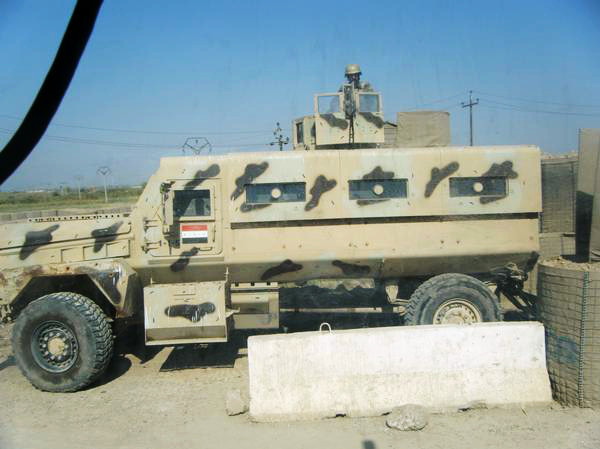
Iraqi Badger
The Cougar comes in two main configurations, a 4×4, and 6×6. It is designed for the transport and protection of troops and equipment, especially against mines or IEDs. The two main configurations come in specific variants.

Cougar of the Naval Mobile Construction Battalion, USN Equipment Operator 3rd class Jacob Stahl.
Back in 2007, the USMC reported no fatalities in 300 IED attacks from 2006. According to Brig. Gen. John Allen, deputy commander of coalition forces in Anbar, since January 2006 there was an average of less than one injured Marine per attack on these vehicles. There were over 1,100 attacks on coalition vehicles in Anbar alone (the heart of the Sunni Muslim insurgency). On othedr vehicles there were on average two casualties per attack, death and injuries, especially on the Humvees. A Pentagon reported that on 60 combat deaths, 35 were by IEDs, both in the US Army, none from the Marine, the only ones to field the Cougar at the time. 16 were from Humvees alone. By contrast, Afghan troops were given surplus Humvees as they were replaced as a one for one basis by the new MRAPS, notably Cougars and MAT-Vs but also former US and allied RG-31 Nyalas from South Africa. Ukraine acquired the 4x4 vehicle in 2022, used in operations by the 82nd Air Assault Brigade.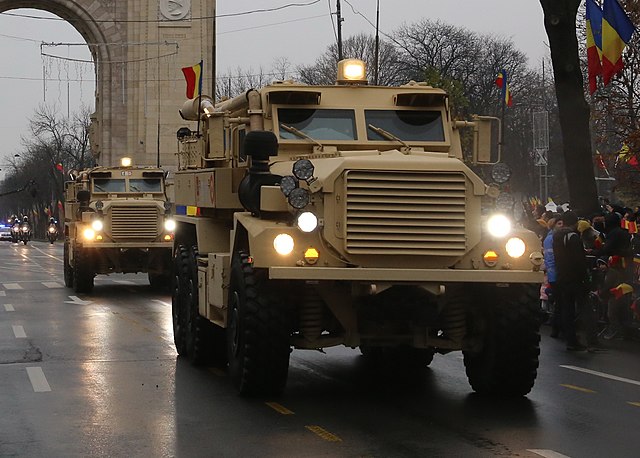
Romanian MRAP
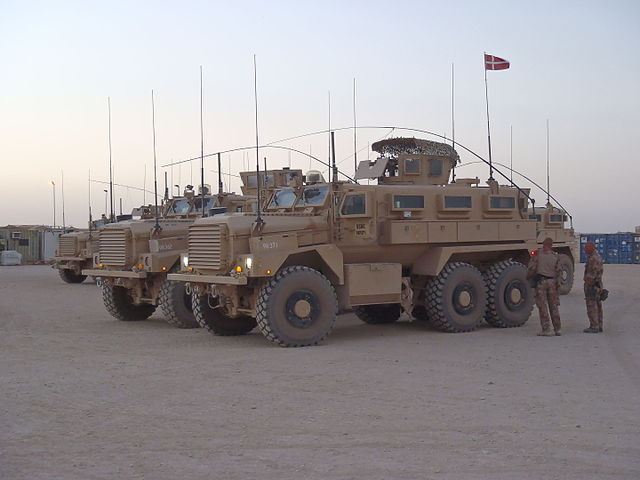
Danish Cougar
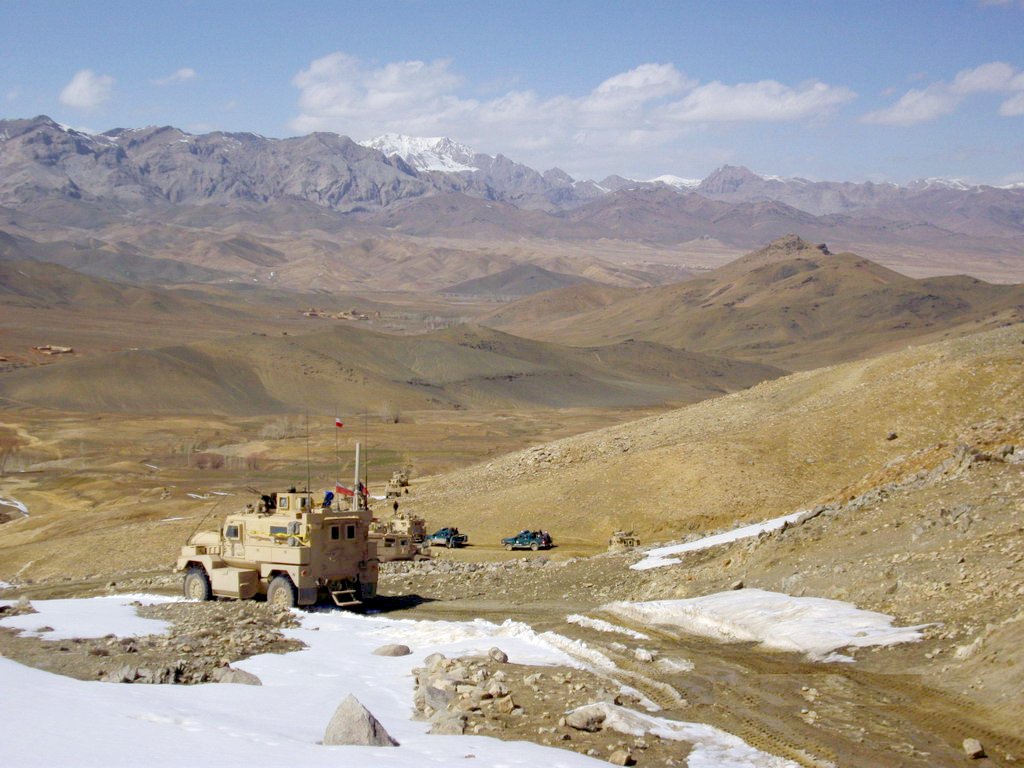
Polish Cougar HE in Operation Passage Afghanistan
 Azerbaijan: 4 used by peacekeeping forces.
Azerbaijan: 4 used by peacekeeping forces.
 Burundi: Donated for Burundian forces in Somalia.
Burundi: Donated for Burundian forces in Somalia.
 Cameroon: 6 in service
Cameroon: 6 in service
 anadian Forces: 40 Cougar JERRV
anadian Forces: 40 Cougar JERRV
 4+ US Army donated several Cougar MRAPs to the Croatian Army ISAF contingent.
4+ US Army donated several Cougar MRAPs to the Croatian Army ISAF contingent.
 40 Cougar loaned from US from early-2011, Afghanistan.
40 Cougar loaned from US from early-2011, Afghanistan.
 12 for Djiboutian Army, some modified with Panhard AML armored cars turrets
12 for Djiboutian Army, some modified with Panhard AML armored cars turrets
 10 with the Georgian Land Forces, ISAF, Helmand Province.
10 with the Georgian Land Forces, ISAF, Helmand Province.
 Hungary: 3+10 Cougar ordered.
Hungary: 3+10 Cougar ordered.
 Badger variant: 378 ordered 2007+ 865 ordered 2011.
Badger variant: 378 ordered 2007+ 865 ordered 2011.
 Cougar HE, used in Afghanistan, by the Italian Army.
Cougar HE, used in Afghanistan, by the Italian Army.
 Cougar HE used in the Moroccan-Chinese movie in Casablanca.
Cougar HE used in the Moroccan-Chinese movie in Casablanca.
 20 Cougar JERRV (Buffalo Explosive Ordnance Disposal version) received in 2010.
20 Cougar JERRV (Buffalo Explosive Ordnance Disposal version) received in 2010.
 Leased Cougar H, Polish contingent in Afghanistan from 2008. +300 bought from US surplus 2020.
Leased Cougar H, Polish contingent in Afghanistan from 2008. +300 bought from US surplus 2020.
 4 in service with the Romanian Land Forces, EOD troops.
4 in service with the Romanian Land Forces, EOD troops.
 7 in Slovenian Armed Forces service, upgraded 2017 and 2018, EOD units.
7 in Slovenian Armed Forces service, upgraded 2017 and 2018, EOD units.
 Donated to Ugandan forces in Somalia.
Donated to Ugandan forces in Somalia.
 20 operated, 50% loaned to the OSCE. +donated by UK 2022.
20 operated, 50% loaned to the OSCE. +donated by UK 2022.
 400 Mastiffs, 125 Wolfhounds and 160 Ridgbacks.
400 Mastiffs, 125 Wolfhounds and 160 Ridgbacks.
 USA: Blackwater, US Army, US Navy, USMC, USAAF, New London Police Department
USA: Blackwater, US Army, US Navy, USMC, USAAF, New London Police Department
Development

Force Protection, Inc. was formed in 2002 when Sonic Jet purchased Technical Solutions Group.The latter was a traditional defense company well known by the US Army procurement agencies, and among others, provided mine-resistant vehicles, based on South African designs. Two were evaluated by the US Army for ordnance clearance on Army ranges. Later eight, more protected variants called Tempest, were sold to the British Army in 2001 faturing an extra ceramic armored bellyplate notably proof against widepsread TMRP-6 "tank-killer" mines.
In early 2004, the United States Marine Corps visited Force Protection after being sent a photo-montage of a MRAP on the brochure. They asked if it could be produced and delivered within 6 months for ongoing operations in Iraq. At that stage, these were just concept images. The company then offered to design, develop and build a prototype met the USMC requirement, in the deadline... This was done on limited funds and never previously on any military contract, having to train personnel in military projects. The package was received by the USMC October 2004, including spares and technical publications. This was all done one tight budget and in far less time than usual Defence Companies, accustome to prohject lasting sometimes ten years and more.
The new design was quite different from previous South African vehicles, albeit maintaining some continuity to stick to contract tems, notably the name "Cougar" of two earlier GMC vehicles sold to the US Army. This new "Cougar" had a single hull, very thick bottom-plate on th whole length of the vehicle, protecting the crew compartment and engine-bay from beneath. The hull was thus much stiffer with fewer welds, overall better for blast-protection. The structure around the commander and driver was also much strengthened for torsional stiffness and the sides redesigned for additional space. The package included a full armor-upgrade pack, from the start, and planned for extra advanced armor systems, notably like the British chobham.
This was in contrast to South African designs, much more limited in Growth potential. The Cougar, to go with these, had heavier axles and a more powerful engine and transmission, with commonality with many other vehicles in the US. Logistic support being a major design requirement these components were selected with much care. The vehicle was also designed under the first-world defence standards, US Military Standard and the UK's Defence standard, under NATO STANAG. The core was its full product safety from the outset, with training needs analysis, spares predictions. That meanse, as required by the USMC, no extra delays to be operational in a wide range of climatic conditions with NATO troops.
The initial USMC requirement was just written on half a page of foolscap. Further talks helped define the extra levels of mobility in beach-operations. It was suggested also that the 4x4 design should be followed by an optional 6x6 version with a larger payload and internal volume. The latter attracted immediately US Army interests, less contrained by the USMC in terms of naval logistics. At the time, the US Army was looking for a vehicle fitted for explosive ordnance disposal, and already looked for robots. Meetings with the Army led to change sub-systems for greater commonality and ease training and support.
The first Cougar was retained for up to two months for testing, but in the frame of urgent operational it was taken directly for a few days later in the Middle East. The first 27 Cougar 4x4 (later called "H") were delivered to the USMC under the name "Hardened Engineer Vehicle" (HEV) to match the oriignally intended Marine Corps operational role. Thus then became the 'Joint EOD Rapid Response Vehicle' (JERRV) when the Army joined the program, taking over the prime contract ownership. But as the war in Iraq went on, the program was just called Cougar "MRAP" to make things clearer as more companies were now in the loop and wanted clarity compared to already existing programs in the field. The logistics arm also needed claritiy for the sake of supply of similar vehicles and in time, many variants were based upon the Cougar.
Some 7,000 Cougar of both H and HE types were fielded under the Army and associated branches program of the military, including all variants. US Defense Secretary Robert Gates demanded larger numbers after the first reports came from Marines reporting in 2004 no kills for 300 IED attacks on this vehcles. But with time, these records changes, but still there were few fatalities. Britain also chose the Cougar over the South Africa, RG-31 Nyala. This became the "Mastiff" APV. Due to the industrial limitations of Force Projections Inc. it was soon mass-produced by General Dynamics Land Systems.
Design

Layout
The Cougar MRAP is undiscutably a massive vehicle, in the same vein as the Buffalo. The 6x6 Cougar HE is indeed very close in general design, albeit smaller and lighter. And the production numbers are not the same at all. The Buffalo was a more specialized variant intended for mine/IED disposal. It has a large semi-robotic arm, as long as the vehicle while extended, and was much taller. The Cougar had a lower profile, despite being bulky as well, and still dwarved the HMMV.Originally the split between both types was called CAT I and CAT II, with the first being the 4x4, later H, and the second a security, troop/cargo transport with 9 crew member plus the gunner. The 4x4 or H was planned for mounted patrols, reconnaissance, communications,command and control in support of small unit combat operations and a crew of five crew members plus a gunner.
The Cougar features a monocoque V-shaped chassis, and bullet-proof, blast-proof body. It had a conventional layout with a front engine behing a long bonnet, crew cabin in the middle, troop compartment at the rear, also with rear access. The driver and commander in the cab could see through rectangular transparent armoured glass windows, enter and exit the vehicle through side doors with windows. The troop compartment had a rear double door at its back and steps and on its roof had a standard hatch. There were observation windows on either side with optional pistol ports built in the glass. The 4x4 H coild accomodate six, the 6x6 ten.
Protection

Mine Blast test: Official data precised the Cougar could withstand a blast of at least 14 kg (30.86 lb) TNT under a wheel, 7 kg (15.43 lb) TNT under the belly.
The Cougar MRAP is standard STANAG-3, immune to direct smal arms fire at all ranges and angles, full protection against 7.62mm armour-piercing (AP) rounds, but also rocket-propelled grenade (RPG) rounds, land mines and IEDs. Thanks to the armoured V-shaped belly, blast force is redirected on either side, away from the vehicle. It was tested against a double TM-57 mine under each wheel and in the middle. In Option it was proposed NBC protection. There is however no active prortection or detectors of incoming threats, no external cameras (apart for the RWS version), not smoke and/or anti-personal projectors.
Mobility

The Cougar MRAP is given the forward Caterpillar C-7 diesel engine, coupled to a six-speed Allison 3500 SP series, automatic transmission. This 330hp engine is able to deliver a max torque of 1,166nm at 1,450rpm. Therer are also Hutchinson VFI (Variable Function Insert) runflats on wheels. Top speed is still 104km/h on good roads, and range 675km. The vehicle being quite tall, could ford without preparation one meter or more than three feet of water. It can be airlifted by the C-17 in fast tactical deployments, a single 6x6 or two 4x4. The snorkel is installed on the left side.
Armament
The two vehicles were tailored to receive a roof-mounted turret for an heavy machine gun operator, manning the usual 12.7 mm or .50 caliber M2 Browning HMG. This turret was standardized for 2000s US MRAPs, composed of modular armour panels with bulletproof glass inserts. They covered the front, sides and rear, leaving the open top partially protected by slanted panels, some with extra windows, quite useful in urban combat as this position was very vulnerable to sniper fire. Also, still to deal with these threats, the Cougar H obtained for tests the Saber tube-launched, optically tracked, wire-guided (TOW) system, originally an anti-heavy armour missile system that can be used to explode inside a covered position. Later these versions received an optional RWS (Romete Station) with a standard 7.62 mm GMPG, or cal .50 and 40 mm grenade launcher.Cougar H
 The Cougar H, former CAT I was designed for reconnaissance and infantry support and supply in urban combat. It is the firsr vehicle designed, the remainder being 6x6 HE that were just stretched with an extra axle at the rear. Both shared the sae basic hull and generous engine hood forward to mount a powerful unit, giving the vehicles plenty of torque to carry the weight of the armour and stay mobile on any terrain. The power to weight ratio is far more favourable to the 4x4 Cougar H, and like the 6x6 in addition to the armour, several external storage bins are installed above the wheel arches, and a large bin lower on the hull forward, used as step to access the cabin doors. So in addition of the troops carrying their own gear internally there is plenty of useful volume outside, participating in the body protection.
The Cougar H, former CAT I was designed for reconnaissance and infantry support and supply in urban combat. It is the firsr vehicle designed, the remainder being 6x6 HE that were just stretched with an extra axle at the rear. Both shared the sae basic hull and generous engine hood forward to mount a powerful unit, giving the vehicles plenty of torque to carry the weight of the armour and stay mobile on any terrain. The power to weight ratio is far more favourable to the 4x4 Cougar H, and like the 6x6 in addition to the armour, several external storage bins are installed above the wheel arches, and a large bin lower on the hull forward, used as step to access the cabin doors. So in addition of the troops carrying their own gear internally there is plenty of useful volume outside, participating in the body protection.
Cougar HE
The Cougar HE is the 6x6 variant, stretched with a dual axles at the rear. The general configuration remains the same, but its weight is superior, as well as performances slightly degraded due to the extra weight. Both vehicle can received powerful radio sets for longer range communication, even satcom, with the relevant antenna. They are also often seen with an extra radar.Production
First off the first 23 were delivered to the USMC in 2004. 79 were purchased under a 50 million $ contract in May 2006 as "Joint Explosive Ordnance Disposal Rapid Response Vehicles" (JERRV) followed by an extra 200 in Nomber the same yeat. In August 2006, the UK DoD placed a $63m contract for 86 Cougar EOD vehicles under FMS, redesignated as Mastiff PPV). Manufacturing was ramped up only when General Dynamics Land Systems (GDLS) joined in, creating in December 2006, a joint venture with Force Protection for more deliveries of both MRAP types. By the new venture was asked in January 2007 two H and two HE for testing and evaluation.In February 2007, Force Protection was awarded $67.4m for 65 Cougar CAT I, 60 Cougar CAT II. In April 2007, the USMC placed a $490m contract for 300 CAT I, 700 CAT II under the MRAP programme and the USMC awarded a $221m order for 395 CAT I and 60 CAT II by June 2007. The British MoD then placed an order for 157 Ridgeback by June 2008, modified 4×4s unlike the 6x6 Mastiff. Then by July 2009 the US Army placed a $228m contract for TAK-4 independent suspension kits to re-equip 1,317 Cougar. By February 2010, $16.1m contract from the USMC requested 23 Cougar Mastiff EOD initially planned for the UK and $24m for 30 more Cougar CAT I by May 2010. There was also in April 2011, $27.4m awarded as subcontract from Integrated Survivability Technologies for 47 Mastiff.
By 2014, the USMC declared having 1,337 4x4 Cougar, 59 HA1 TOW, 300 HEA1, 19 HEA2 Ambulance, ten Cougar HE with Mounted Communications Emitter Sensing Attack System inventory before the Joint Program Office was cancelled in 2014. GDLS received $26m to deliver modified vehicle to the USMC Command (MCSC) and upgrades to exiting vehices by February 2014, in total 468 enhancement SSU kits with new energy-absorbing seats, five-point seatbelts, blast mats, internal crew automatic fire extinguisher, cab modification, internal enhancements and extra stowage. This was followed by $74.7m by April 2014 for 916 egress upgrade kits to the front and rear doors as well as rear steps and the exhaust system.
The Polish Ministry of National Defence announced its interest by November 2021 for 300 surplus Cougar 4×4 under the new FMS programme by US Government, delivered by 2022. See users for more.
| Dimensions (L-w-H) | 19.41 x 9 x 8.67 ft (5.91 x 2.74 x 2.64 m) |
| Total weight | 32,000 lb (14.5 t), Gross Max 38,000 lb (17.2 t) |
| Crew | 2+4 |
| Propulsion | Caterpillar C-7 Diesel I6 330 HP (243 kW) |
| Transmission | Allison 3500SP automatic |
| Payload | 6,000 lb (2.72 t) |
| Maximum speed | 65 mph (105 km/h) |
| Suspensions | 4×4 wheeled |
| Range (Fuel) | 600 mi (966 km) |
| Armament | Optional RWS.RWS II, firing ports |
| Armor | STANAG 4569 Level 3 |
| Production (all combined) | c7000 at $730,000 each |
Variants

Iraqi Badger
The Cougar comes in two main configurations, a 4×4, and 6×6. It is designed for the transport and protection of troops and equipment, especially against mines or IEDs. The two main configurations come in specific variants.
Cougar HEV
Hardened engineer vehicle: 4×4 and 6×6 vehicles ordered in 2004 by the USMC. Original version deployed in Iraq in 2006.Badger
Iraqi Light Armored Vehicle (ILAV). Based on the Cougar, manufactured by FPII and BAE Systems. Ten passengers but the 6x6 version having 16. 865 ILAVs ordered by Iraq and 18 by Yemen.Cougar JERRV
Joint EOD rapid response vehicle. 4×4 and 6×6 variants delivered to the US Army, USAF, and USMC. 200 ordered in 2005-2006, 200 ordered late 2006, later called "MRAP".Cougar ISS
Based on the Cougar 4×4 with a new integrated independent suspension system for increased cross-country mobility. Kits manufactured and ordered.Ridgback PPV
British Protected Patrol Vehicle, 4x4 from FPII with British armor package and electronics. Armed with the Enforcer RWS on some.Mastiff PPV
Brtish Protected Patrol Vehicle, 6×6 deploted in Afghanistan from December 2006, modified by FPII as well as NP Aerospace with dedicated electronics and a new British armor package. The Mastiff 2 had a capacity of 2 + 8 (June 2009), fitted with an open turret for a 7.62 mm GPMG/12.7 mm HMG/40 mm M48 GL.Mastiff 2 'Protected Eyes'
Version of the British Mastiff for the Talisman Counter-IED program, with an M151 Protector RWS, mine plow, optical camera, Honeywell RQ-16 T-Hawk drone, screens in the back with cameras.Wolfhound
British Tactical Support Vehicle, 6×6 by FPII + NP Aerospace for electronics and British armor package, delivered from October 2010, 130 orderedTimberwolf
Canadian Cougar variant marketed by Malley Industries in Dieppe, New Brunswick to replace the RG-31 and LAV. Lost to the Textron TAPV.Fire Support Cougar
Cougar 4x4 chassis with full turret and main gun assembly of the Panhard AML-90 armored car for the Djiboutian Army."RADBO"
Recovery of Airbase Denied by Ordnance. Category I Cougar with USAF directed energy weapon, interrogator arm, console to clear unexploded ordnance from airfields.The Cougar in action


Cougar of the Naval Mobile Construction Battalion, USN Equipment Operator 3rd class Jacob Stahl.
Back in 2007, the USMC reported no fatalities in 300 IED attacks from 2006. According to Brig. Gen. John Allen, deputy commander of coalition forces in Anbar, since January 2006 there was an average of less than one injured Marine per attack on these vehicles. There were over 1,100 attacks on coalition vehicles in Anbar alone (the heart of the Sunni Muslim insurgency). On othedr vehicles there were on average two casualties per attack, death and injuries, especially on the Humvees. A Pentagon reported that on 60 combat deaths, 35 were by IEDs, both in the US Army, none from the Marine, the only ones to field the Cougar at the time. 16 were from Humvees alone. By contrast, Afghan troops were given surplus Humvees as they were replaced as a one for one basis by the new MRAPS, notably Cougars and MAT-Vs but also former US and allied RG-31 Nyalas from South Africa. Ukraine acquired the 4x4 vehicle in 2022, used in operations by the 82nd Air Assault Brigade.
Users

Romanian MRAP
Danish Cougar

Polish Cougar HE in Operation Passage Afghanistan
 Azerbaijan: 4 used by peacekeeping forces.
Azerbaijan: 4 used by peacekeeping forces. Burundi: Donated for Burundian forces in Somalia.
Burundi: Donated for Burundian forces in Somalia. Cameroon: 6 in service
Cameroon: 6 in service anadian Forces: 40 Cougar JERRV
anadian Forces: 40 Cougar JERRV 4+ US Army donated several Cougar MRAPs to the Croatian Army ISAF contingent.
4+ US Army donated several Cougar MRAPs to the Croatian Army ISAF contingent. 40 Cougar loaned from US from early-2011, Afghanistan.
40 Cougar loaned from US from early-2011, Afghanistan. 12 for Djiboutian Army, some modified with Panhard AML armored cars turrets
12 for Djiboutian Army, some modified with Panhard AML armored cars turrets 10 with the Georgian Land Forces, ISAF, Helmand Province.
10 with the Georgian Land Forces, ISAF, Helmand Province. Hungary: 3+10 Cougar ordered.
Hungary: 3+10 Cougar ordered. Badger variant: 378 ordered 2007+ 865 ordered 2011.
Badger variant: 378 ordered 2007+ 865 ordered 2011. Cougar HE, used in Afghanistan, by the Italian Army.
Cougar HE, used in Afghanistan, by the Italian Army. Cougar HE used in the Moroccan-Chinese movie in Casablanca.
Cougar HE used in the Moroccan-Chinese movie in Casablanca. 20 Cougar JERRV (Buffalo Explosive Ordnance Disposal version) received in 2010.
20 Cougar JERRV (Buffalo Explosive Ordnance Disposal version) received in 2010. Leased Cougar H, Polish contingent in Afghanistan from 2008. +300 bought from US surplus 2020.
Leased Cougar H, Polish contingent in Afghanistan from 2008. +300 bought from US surplus 2020. 4 in service with the Romanian Land Forces, EOD troops.
4 in service with the Romanian Land Forces, EOD troops. 7 in Slovenian Armed Forces service, upgraded 2017 and 2018, EOD units.
7 in Slovenian Armed Forces service, upgraded 2017 and 2018, EOD units. Donated to Ugandan forces in Somalia.
Donated to Ugandan forces in Somalia. 20 operated, 50% loaned to the OSCE. +donated by UK 2022.
20 operated, 50% loaned to the OSCE. +donated by UK 2022. 400 Mastiffs, 125 Wolfhounds and 160 Ridgbacks.
400 Mastiffs, 125 Wolfhounds and 160 Ridgbacks. USA: Blackwater, US Army, US Navy, USMC, USAAF, New London Police Department
USA: Blackwater, US Army, US Navy, USMC, USAAF, New London Police DepartmentGallery
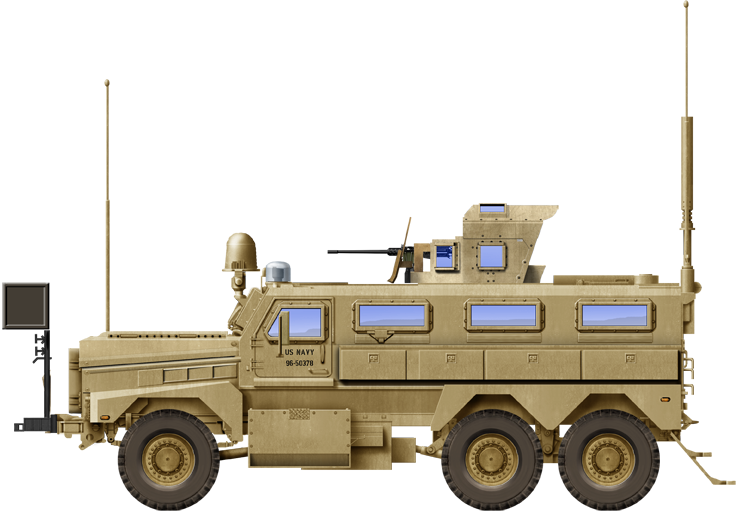
USMC Cougar HE in Iraq 2005

British Mastiff, Afghanistan 2010
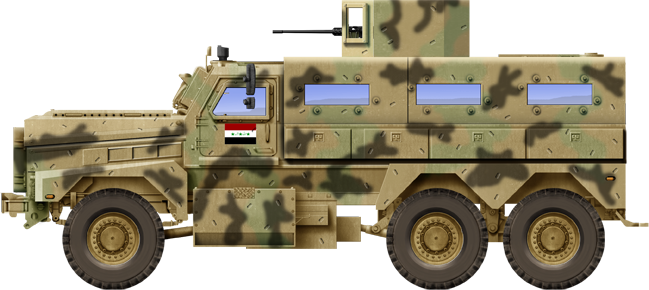
Iraqi Badger

US Army Cougar H
To come: Ridgback PPV
To come: Wolfhound
To come: Timberwolf
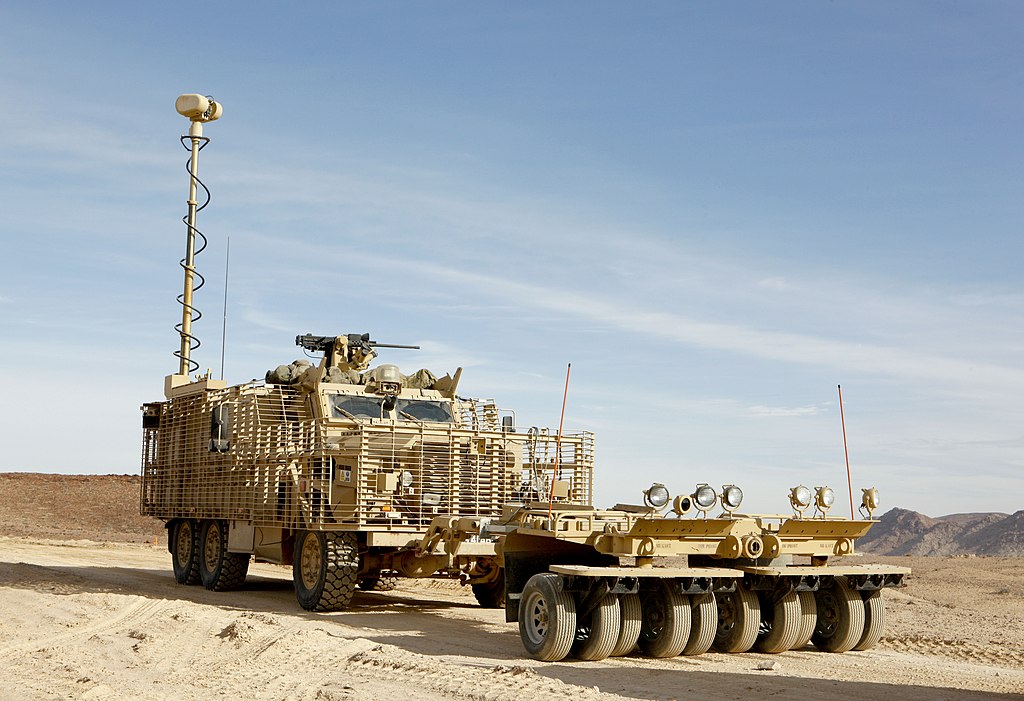
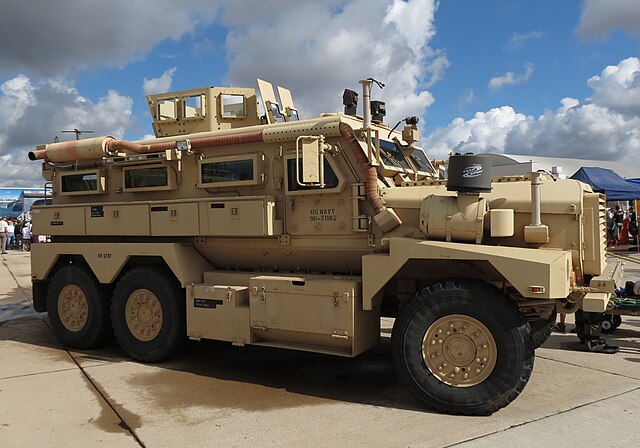
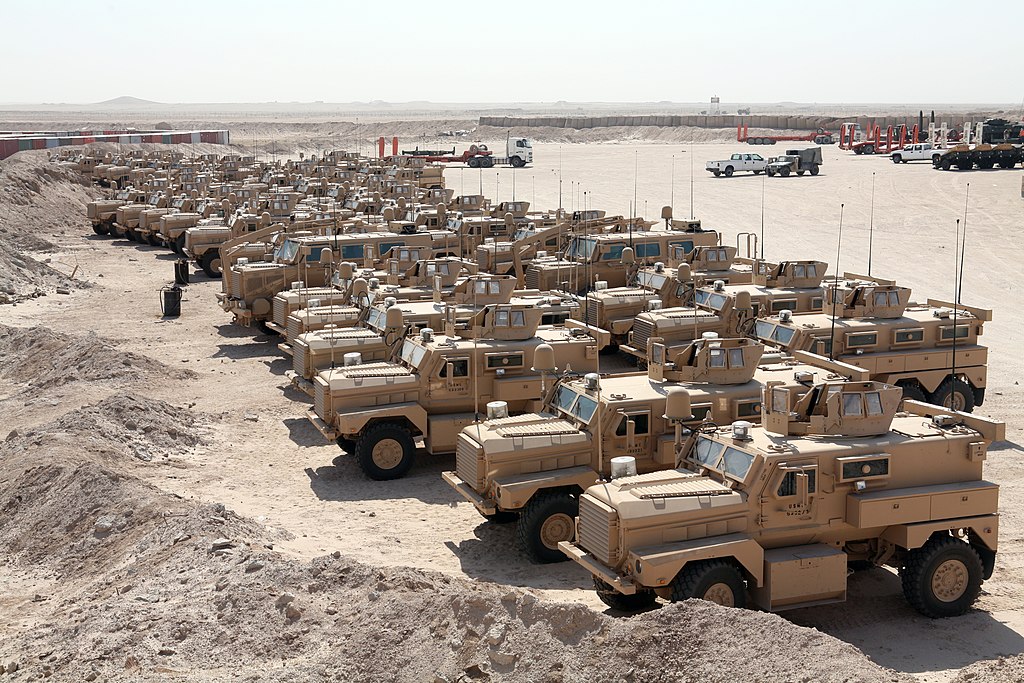
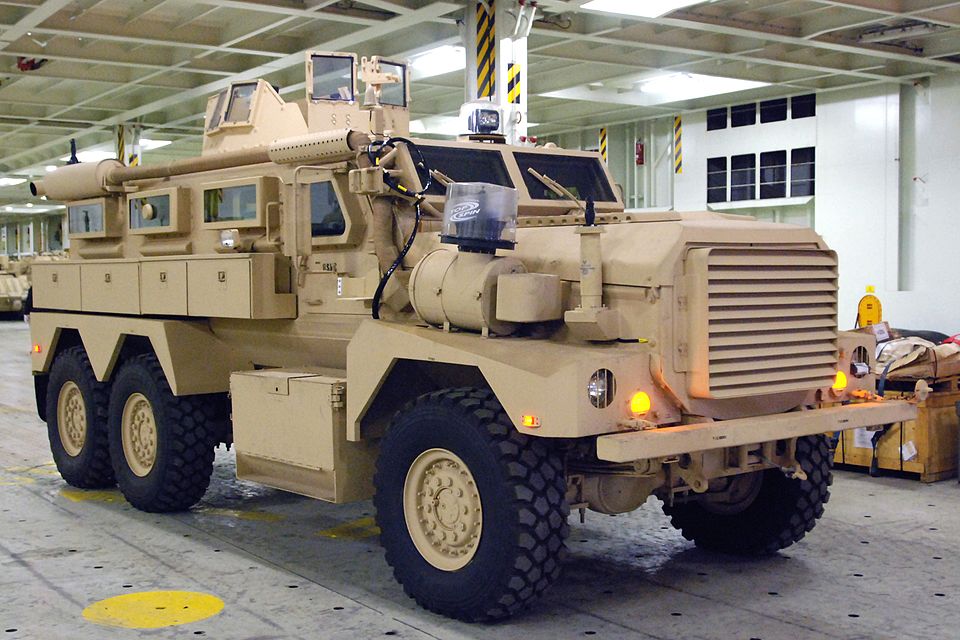
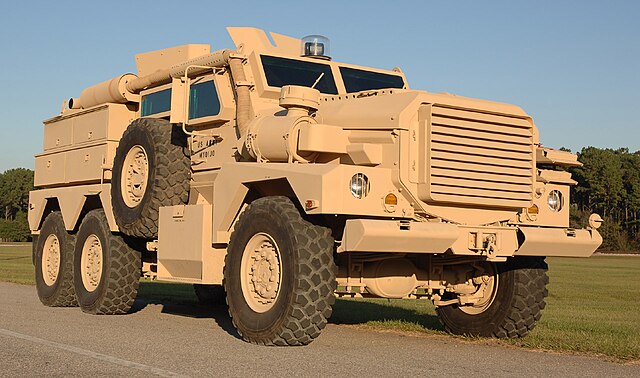
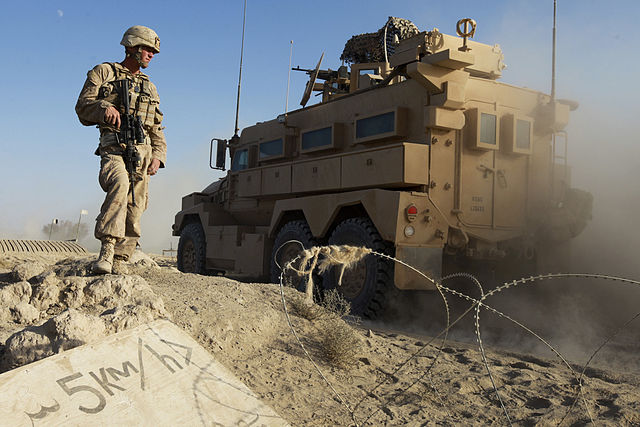
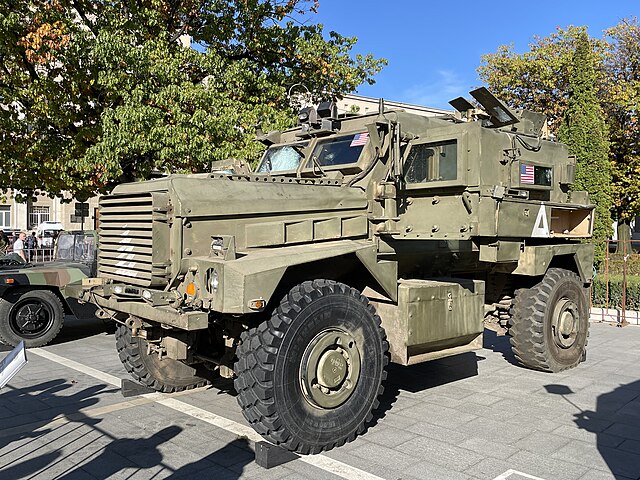
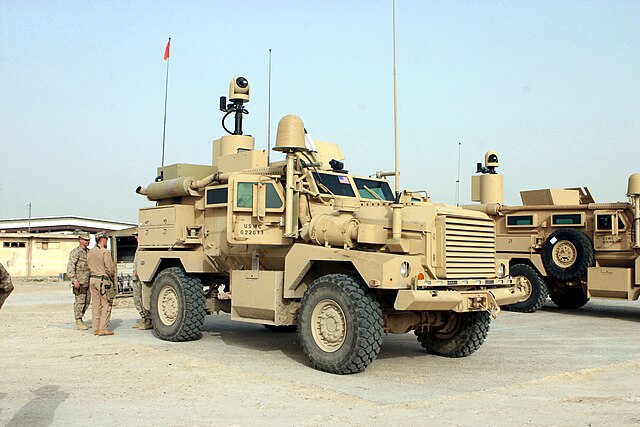


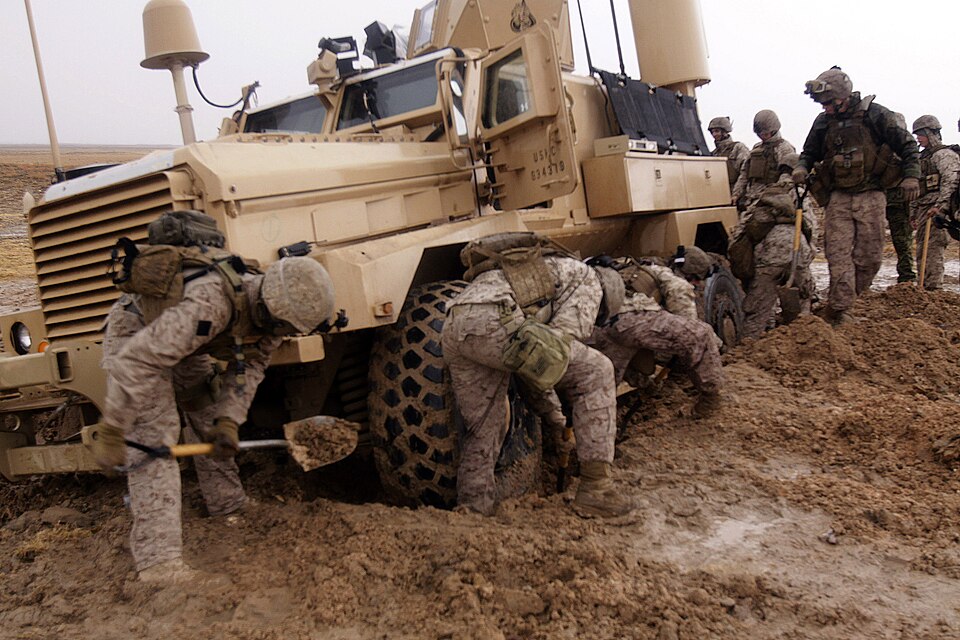



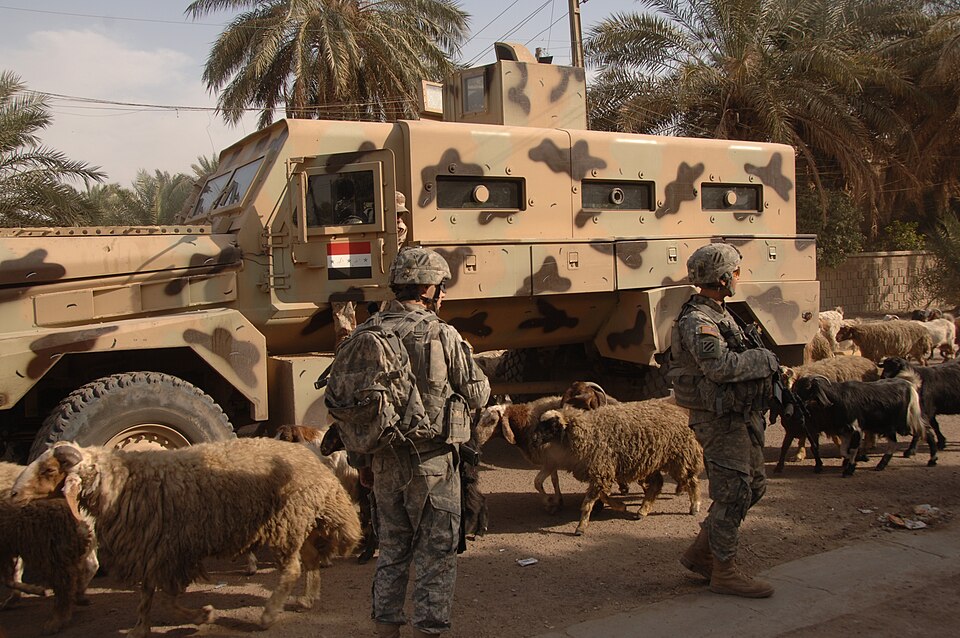
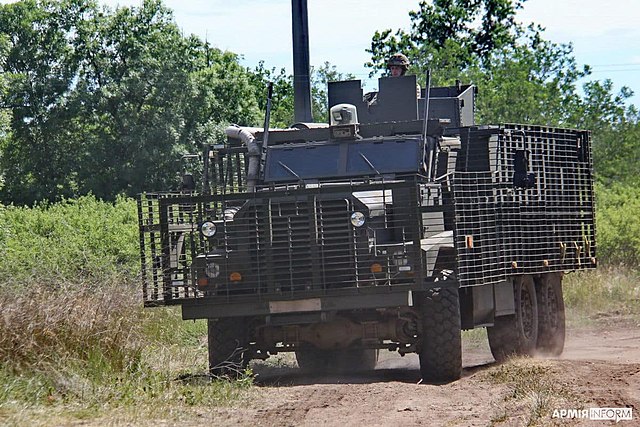
Mastiff of the Ukrainian Marines
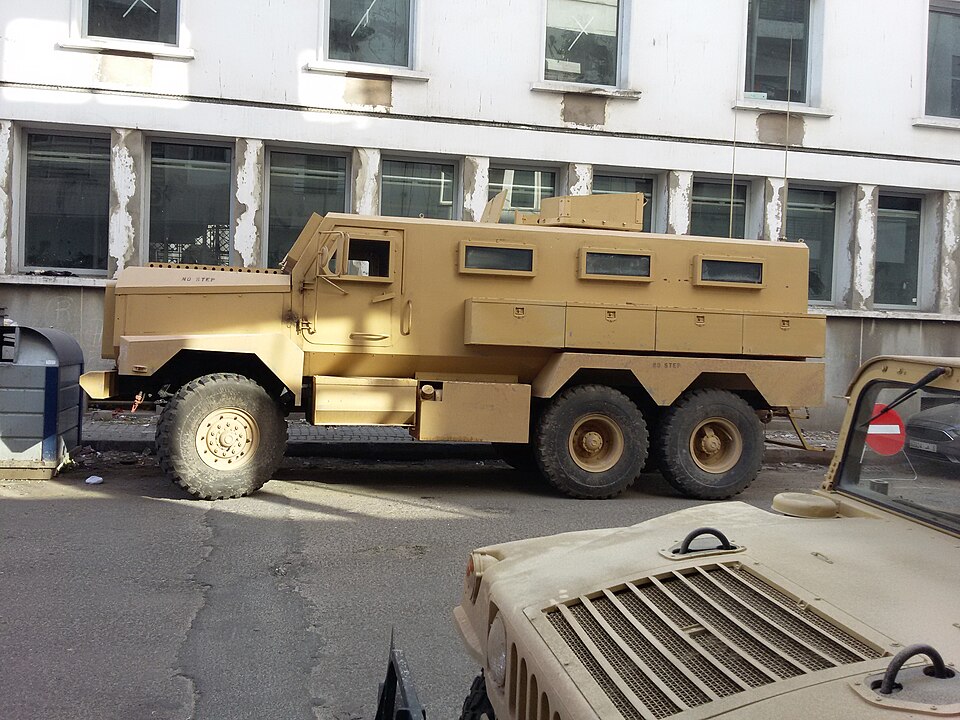
Cougar in Casablanca for a Sino-Moroccan movie
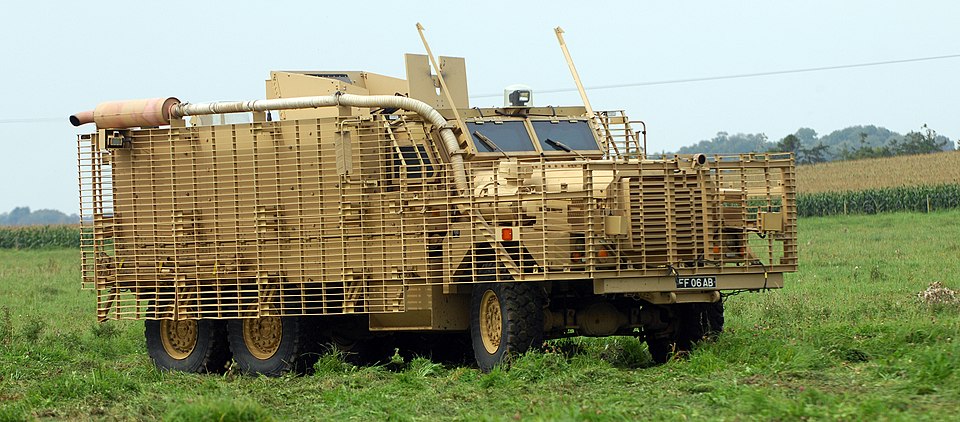
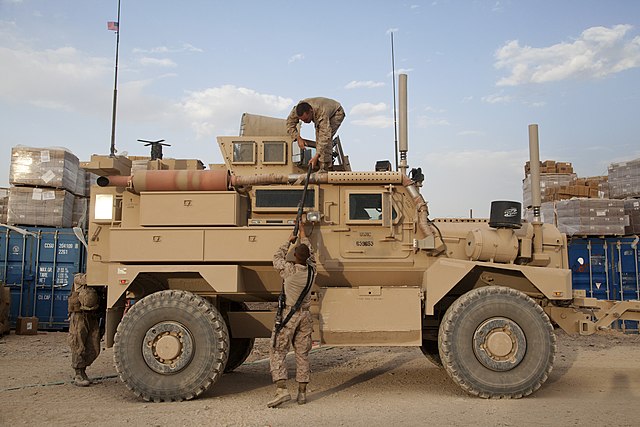
& resources
army-technology.com
ghostarchive.org
marcorsyscom.usmc.mil
militaryvehiclesdata.com
en.wikipedia.org
defenseadvancement.com
armour.ws
defense-update.com
deagel.com
globalsecurity.org
armyrecognition.com
forceprotection.net
forceprotection.net Cougar 4x4
army.mod.uk
commons.wikimedia.org
Video
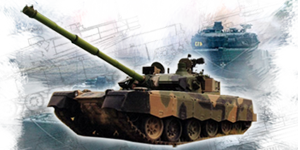
Modern Tanks
Modern MBTs posters

Denel Bagder (2018)
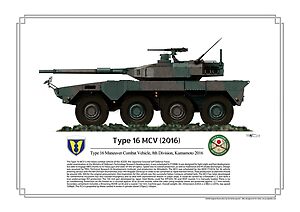
Type 16 MCV (2016)

Gepard 1A2 last rounds 2011

SANDF

Russian AFVs

Main Battle Tanks
